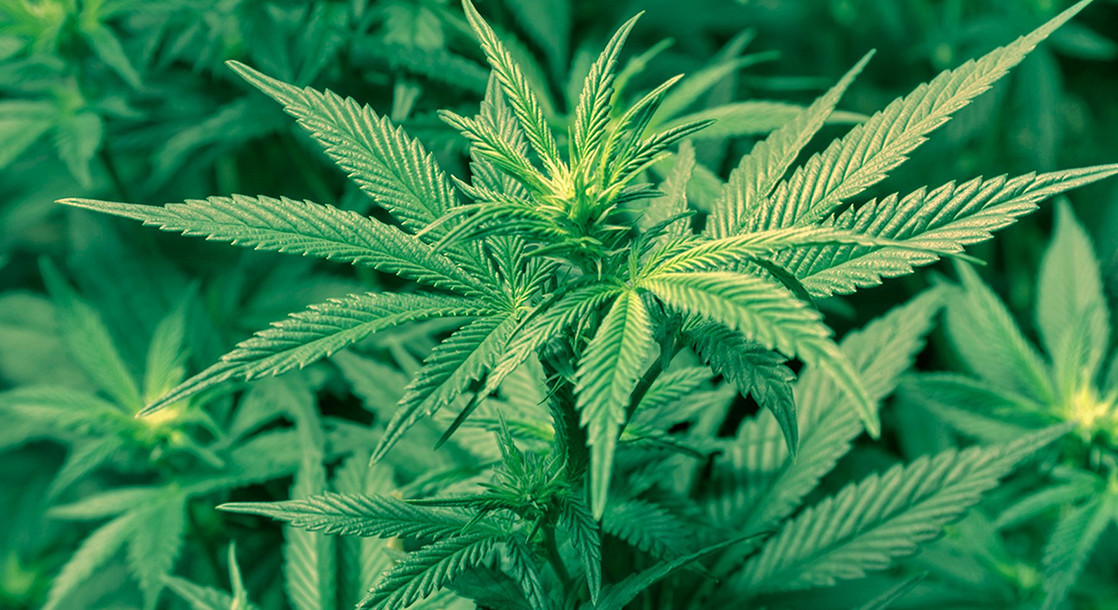A new clinical study has found that the recent outbreak of vaping-related lung illness may be caused by “toxic chemical fumes,” and not Vitamin E additives, as previously believed.
The new study, headed up by researchers from the Mayo Clinic, studied lung biopsies from 17 individuals suspected of suffering from this mysterious illness. “Despite the accumulating data on the clinical and imaging features of vaping-associated lung injury, its pathology is poorly understood,” researchers wrote. Eleven of these patients were confirmed to meet the criteria for vaping-related lung injury, but the remaining six were only considered “probable” cases of the illness.
Researchers proposed that the illness could be a result of lipoid pneumonia, a rare illness in which buildups of fats or oils can cause lung damage. It’s been suggested that Vitamin E acetate, a flavoring additive sometimes added to vape carts, could be the cause of this fatty buildup and associated illness. But after examining samples of each patient’s lungs, the present study discovered no evidence of lipoid accumulation in the lungs, possibly ruling out the Vitamin E theory.
Gallery — Here’s What Fake Vapes Actually Look Like:
“It seems to be some kind of direct chemical injury, similar to what one might see with exposures to toxic chemical fumes, poisonous gases, and toxic agents,” said Dr. Brandon Larsen, lead author of the study and a surgical pathologist at Mayo Clinic Arizona, in a statement reported by CNBC. “Based on what we have seen in our study, we suspect that most cases involve chemical contaminants, toxic byproducts, or other noxious agents within vape liquids.”
Out of all 17 patients, 71 percent admitted to vaping marijuana oil. Health officials now believe that the illness could be linked to black market cannabis vapes, but many patients suffering from this illness have used both nicotine and weed vapes. Some patients have also reported only using nicotine vapes.
The study is not entirely conclusive, due to its small size, but does show evidence that Vitamin E may not be responsible for this illness. “The significance of this observation remains unclear, particularly in patients with a known vaping history,” the study concludes. “Until more data accumulate, our observations suggest that this finding should be interpreted with caution, as it may simply be a marker of exposure and not necessarily a marker of toxicity.”
Researchers were unable to pinpoint exactly what kind of toxic fumes were being produced by these vapes, but another investigation found that black market cannabis vape carts are often contaminated with myclobutanil — a dangerous pesticide that can release hydrogen cyanide when heated.











